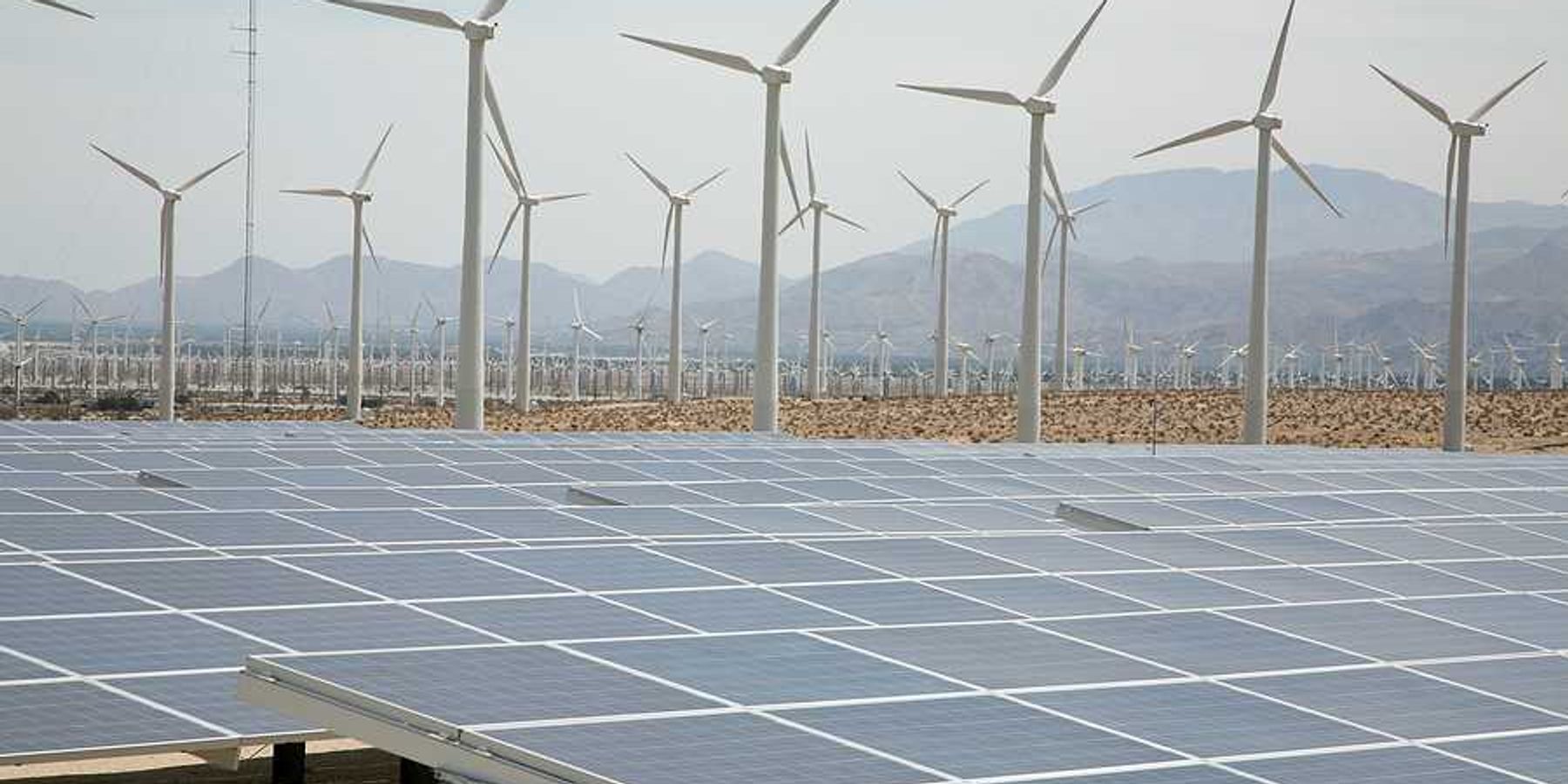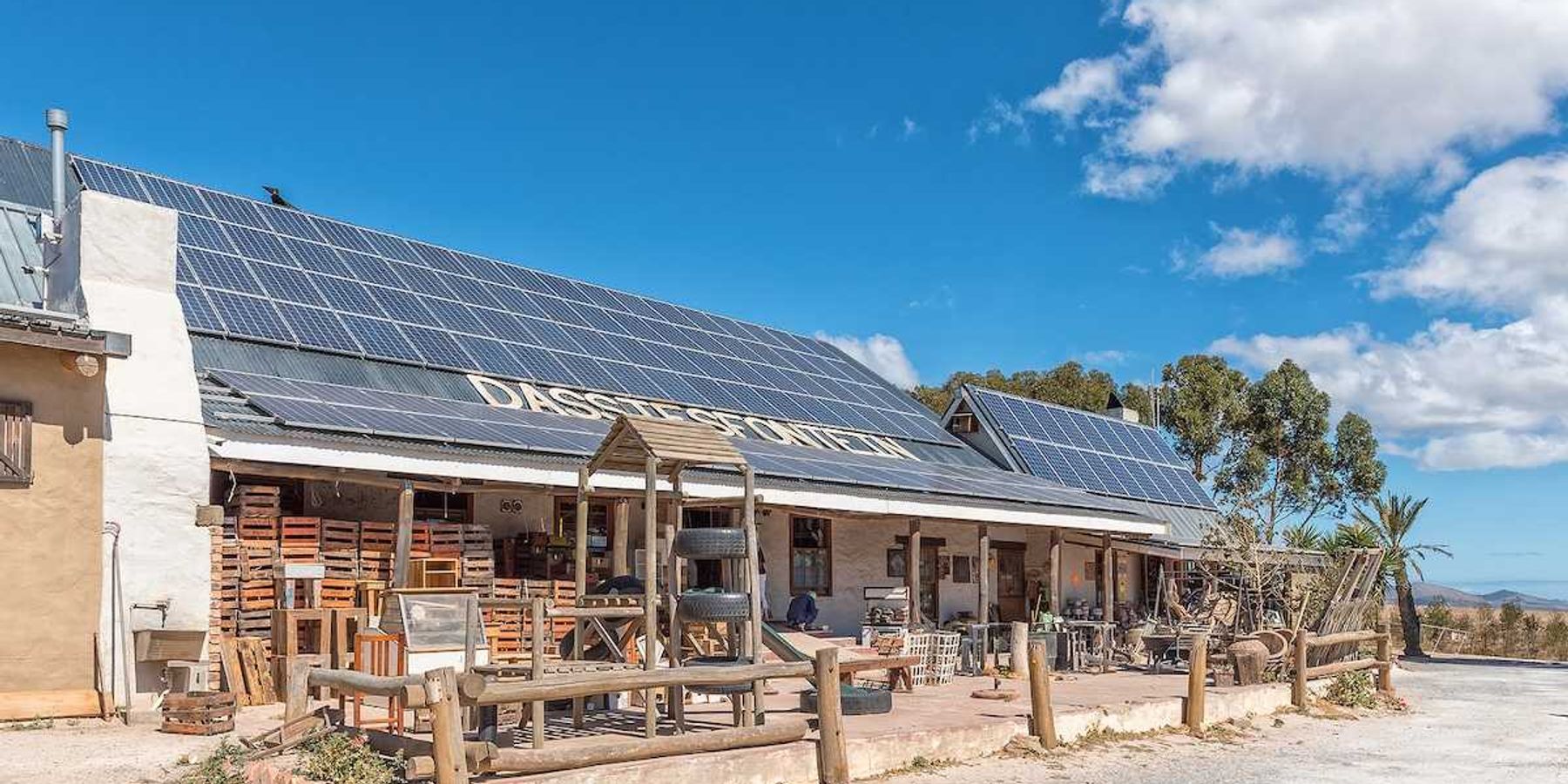UMass commits to climate leadership as states counter federal inaction
Facing federal rollbacks under President Trump, the University of Massachusetts system is expanding its climate tech and sustainability efforts across its five campuses.
Dennis Pillion reports for Inside Climate News.
In short:
- UMass President Marty Meehan announced a "whole-university" strategy to align with Massachusetts’ $1.4 billion climate tech development plan, emphasizing education, research, and economic partnerships.
- Despite federal threats to diversity initiatives and energy policy reversals, UMass leaders plan to continue pushing clean energy, resilience projects, and climate justice initiatives at state and international levels.
- UMass campuses are launching programs such as the Clean Energy and Environmental Legacy Transition at UMass Lowell, climate change curriculum at its medical school, and nature-based resiliency projects at UMass Boston, while planning major infrastructure upgrades funded by the state’s Bright Act.
Key quote:
"While forces seem determined to drag us backward, UMass and Team Massachusetts are going to continue to work together to move ourselves forward."
— Marty Meehan, president of the University of Massachusetts
Why this matters:
The University of Massachusetts’s aggressive pivot toward climate action highlights a broader trend: As the federal government retreats from environmental leadership, states and institutions are stepping up. Climate tech and sustainability efforts at major research universities can have cascading effects — training a workforce ready for green industries, driving regional innovation, and laying the foundation for community resilience. Energy-efficient building upgrades, climate-focused medical education, and projects like Boston Harbor’s living sea walls also have direct implications for public health and environmental justice, especially as vulnerable populations face disproportionate risks from extreme weather and pollution. Without coordinated federal support, these local and state efforts may become the front line in the fight to slow climate change and protect ecosystems that sustain human life.
Related: Top business schools are shifting MBA programs to focus on climate













